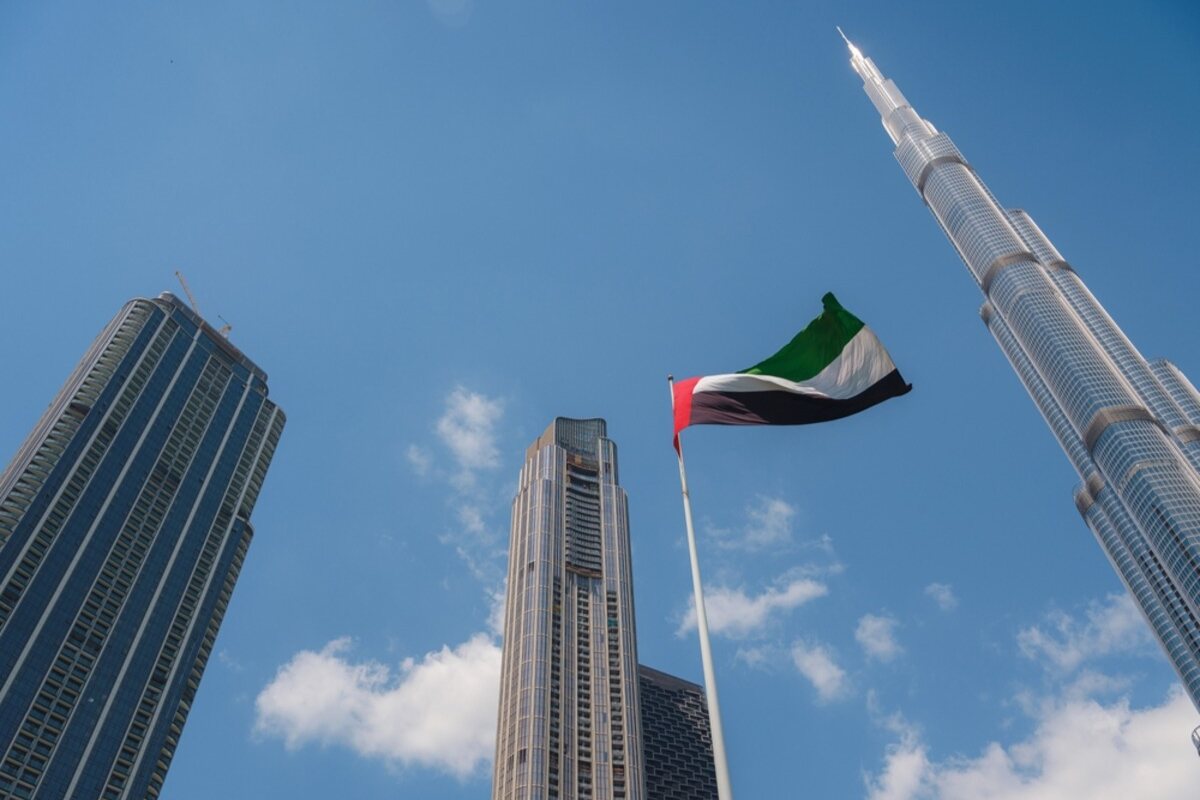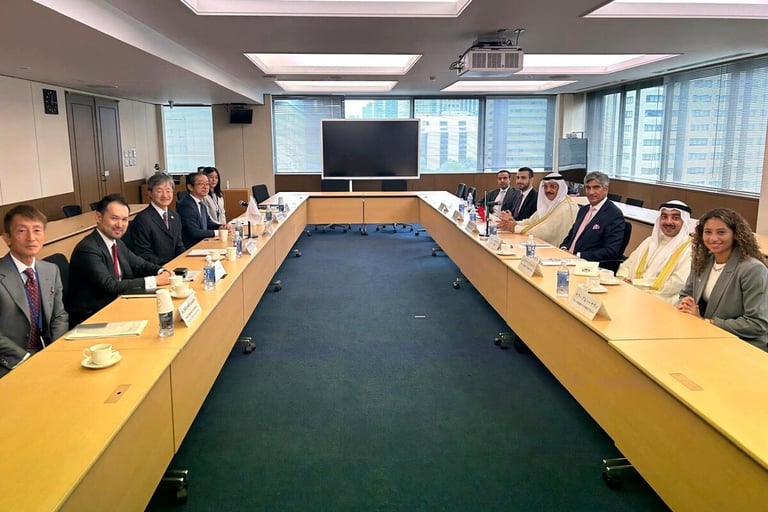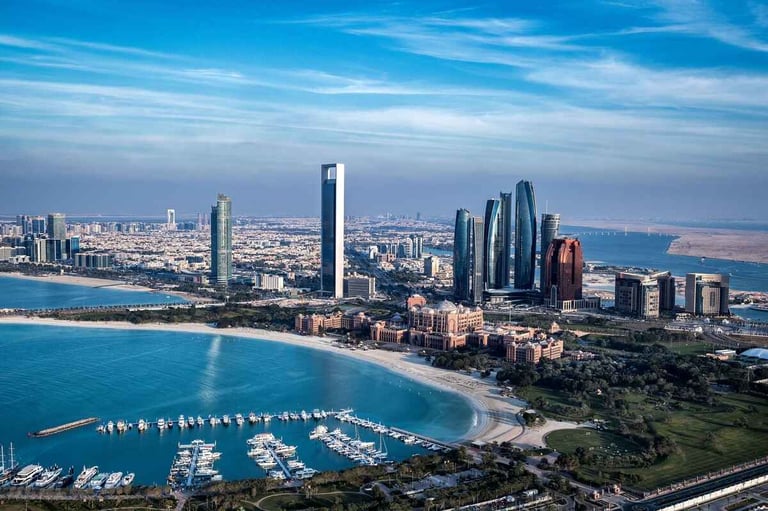Two of the UAE’s Comprehensive Economic Partnership Agreements (CEPA) have come into force today, laying the foundation for increased trade and investment with the strategically located and rapidly emerging economies of Costa Rica and Mauritius.
Now in force, the CEPAs with Costa Rica and Mauritius will reduce tariffs on a wide range of goods, simplify customs procedures and establish pathways for investment into high-priority sectors both in the UAE and across the Central American and African markets.
The two deals mark the seventh and eighth of the UAE’s CEPAs to come into force, following the successful rollout of agreements with India, Israel, Türkiye, Indonesia, Cambodia and Georgia since the launch of the program in 2021.
Partnerships to facilitate strategic capital exchange
The UAE-Costa Rica CEPA, which was signed in April 2024, builds on non-oil trade of more than $82.6 million in 2024, following substantial growth of 27.5 percent compared to 2023. Under the CEPA, 99.8 percent of UAE exports to Costa Rica will benefit from zero or reduced customs duties. The partnership will also help to facilitate strategic capital exchange, adding to the UAE’s approximate $673 million already invested in Central America.
Opening access to one of Africa’s most promising economies, the UAE-Mauritius CEPA is also projected to boost the value of non-oil bilateral trade from its current $209.8 million to $500 million within five years, including a fourfold increase in UAE exports to Mauritius. Over 97 percent of UAE exports to Mauritius will benefit from immediate tariff elimination or gradual tariff reduction over a maximum of 5 years under the CEPA.
“The implementation of our Comprehensive Economic Partnership Agreements with Costa Rica and Mauritius reflects a significant step forward in our nation’s foreign trade program and its aim to establish stronger, more integrated trading relationships with the most dynamic markets around the world,” stated Dr. Thani bin Ahmed Al-Zeyoudi, UAE Minister of State for Foreign Trade.
Al-Zeyoudi explained that these CEPAs enhance connectivity to centers of growth in Central America and Africa. They are also a catalyst for deeper economic collaboration, unlocking a range of opportunities for the UAE’s private sector and driving forward the nations’ shared goals, from enhancing food security to accelerating clean energy adoption.
Read| The CEPA program: How the UAE plans to raise non-oil foreign trade to $1.09 trillion by 2031
UAE targets AED4 trillion in foreign trade
As the UAE seeks to increase its foreign trade to AED4 trillion, it currently has twelve other CEPAs signed and awaiting ratification with markets around the world, consolidating its status as a trade facilitator and global gateway for goods and services. In addition, negotiations on six more agreements have been finalized, and the signing is expected soon.
Al Zeyoudi highlighted the program’s contribution to record non-oil trade in 2024, which reached an all-time high of $817 billion, marking a 14.6 percent increase over 2023.
In 2025 alone, the UAE signed five new CEPAs with Malaysia, New Zealand, Kenya, Ukraine and the Central African Republic. These agreements significantly expand the country’s global trade network and create new opportunities for the UAE’s private sector and business community across some of the world’s most dynamic economies.
This year, the UAE’s CEPA program will continue to broaden the UAE’s trade and investment partnerships, strengthening the country’s role as a hub for open and multilateral global trade. The UAE is currently in the final stages of CEPA negotiations with several major economies—most notably Japan—with talks expected to conclude before the end of 2025.








